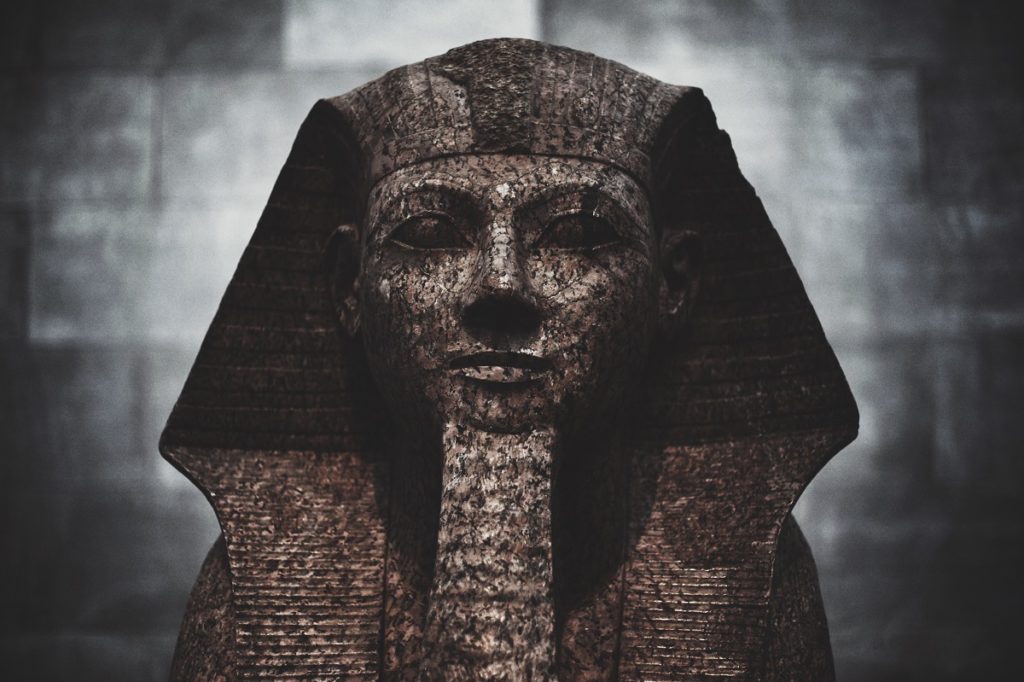Donald Trump and others have complained a great deal about the pervasiveness of “fake news.” What is less commonly spoken about is that for decades professors have also taught a good deal of “fake history.” Fake history promotes false narratives, twists the facts, or omits certain key facts altogether. And it is this fake history that has established the foundation for fake news.
There are three respects in which the spread of fake history has been particularly dangerous and served as the foundation for attempts to spread fake news. First, some historians and political thinkers present extreme leftists as heroes worthy of emulation. Second, these same people too often twist history in order to present victims as oppressors and oppressors as victims. Third, these individuals often conveniently omit key statements by the nation’s founders and other historical figures.
Lionizing Extremists
First, pushers of fake history present extreme leftists as heroes worthy of emulation. Why do so many liberals in academe, politics, and leading non-profit organizations have so much tolerance for socialism and communism? These systems have been responsible for more civilian deaths than any other political system that has ever existed. Many American academics are quick to condemn the horrendous actions of Adolf Hitler, but they are much more reticent in discussing comparable behaviors by Josef Stalin and Mao Zedong.
Start your day with Public Discourse
Sign up and get our daily essays sent straight to your inbox.Most of those who lived through the height of the Cold War would cringe at the thought of leftists lionizing Mao Zedong as a political philosopher and hero. Yet, Anita Dunn, the communications director of the Obama administration, stated during a high school graduation ceremony at Washington National Cathedral that Mao Zedong was one of her favorite political philosophers and one of the two people that she turns to the most.
Mao Zedong should be revealed for who he really was. Even Nikita Khrushchev believed that Mao Zedong was mentally unstable and acted irrationally. Calling the United States and its nuclear weapons “paper tigers,” Mao seemed unafraid of the prospect of nuclear war, musing that at “worst, half of the world’s population would die, but the other half would live. Imperialism would be annihilated, and socialism would prevail all over the world.” This is literally one of the most insane statements ever made by a political leader. Brushing such statements under the rug and presenting Mao as a hero keeps contemporary Americans from understanding the dangers of communism.
The Soviets had intended to provide China with an atomic bomb complete with full instructions. After realizing how dangerously unstable Mao was, Khrushchev rescinded the agreement he had made, later regretting that he had gone to such lengths to please Mao. As Zhisui Li observes,
In retrospect, Moscow’s second-guessing about Mao’s mental stability was not unreasonable. The emotional and irrational nature of Mao’s policy conduct during the second strait crisis became quite clear in his talk with his personal physician right after his confrontational meeting with Khrushchev. Mao rhetorically asked, Khrushchev “wants to improve relations with the United States? Good, we’ll congratulate him with our guns. . . . Let’s get the United States involved, too. . . . Chiang Kai-shek wants the United States to use the [atomic] bomb against us. Let them use it. Let’s see what Khrushchev says then.”
When one reads these quotes, it is hard for one to conclude that Mao Zedong was a mentally stable man. Yet the “fake history” presentation of Mao Zedong is that he was a commendable communist leader and political philosopher, who had some sound ideas, whether or not one chooses to agree with him.
Victims and Oppressors
Second, purveyors of fake history often twist history so that they make victims into oppressors and oppressors into victims. It used to be that historians divided up nations into aggressors and those that were attacked. Generally, those that started wars and initiated the attacks were viewed as the aggressors and those who were hurt by them were the victims.
This approach sounds logical and fair enough. However, after the Vietnam War, historical revisionism became a much more popular exercise than had been the case previously. Those who were angry at various aspects of the nation’s involvement in Vietnam began to see the United States as the villain in nearly all of its other armed conflicts as well. Even World War II was revisited when Hitler’s diary was supposedly found. It took some time to realize that it was a forgery written by an impoverished neo-Nazi. The revisionist accounts go as far back as the War of 1812, conveniently omitting the fact that the conflict started primarily because the British forced nearly 10,000 American merchant sailors to serve in the Royal Navy.
In the process of this historical revision, the definition of aggressor and victim was often changed to “winner” and “loser.” Using this definition, it does not much matter who fired the first shot or who dropped the first bomb, but rather who won the war. The winners of wars and successful nations of the world are, by definition, the guilty ones and the aggressors. In contrast, the losers and struggling nations of the world are the victims.
It is true that sometimes nations that win wars are “successful” because they take advantage of others. Yet it is equally true that, in the end, virtue often prevails. The United States is far from a perfect nation, but many American schools, politicians, and leaders appear to have forgotten that immigrants desire to come to our country in such numbers largely because they view it as a beacon in the midst of an otherwise often oppressive world.
Omitting Important Historical Statements
Third, those who promote false history often omit key statements by the nation’s founders and other historical figures. For example, many now interpret the Constitution’s protection of our freedoms as meaning a person can do almost anything that he desires. However, this was not the founders’ intent, nor does it reflect their understanding of the nature of freedom. George Washington, for example, warned of an unbridled democracy, one that has gone out of control, in which citizens take their liberties as license. Nevertheless, he was confident that this could be avoided if moral education was taught in the schools.
One of the most blatant misinterpretations of the nation’s founders is the weaponization of the phrase “separation of church and state.” Polls indicate that most Americans believe that this phrase occurs in the US Constitution. It does not. Sadly, those who promote this form of fake history often leave out the fact that it was American churches, particularly in Virginia, that insisted on the inclusion of freedom of religion in the First Amendment.
Instead, secularists persistently take Thomas Jefferson’s use of the phrase totally out of context. It originates in his letter to the Danbury Baptists, a religious community that was concerned that the United States government was going to name a national church as the country’s official denomination. Jefferson wrote his letter to ease their fears, not to advocate the removal of religion from the public square. In fact, in the letter he states, “I reciprocate your kind prayers.” Jefferson emphasized the power of the state government as opposed to the more limited federal government. In his second inaugural address, for example, he stated that “religious exercises,” such as calls for days of fasting and prayer, should be “under the direction and discipline of the state or church.” He affirmed this belief elsewhere as well, including in a letter that he wrote to Samuel Miller in which he stated “religious matters” were “reserved to the states.” This is why Jefferson called for days of fasting and prayer, while he was governor of Virginia.
In our current climate, it is often difficult to distinguish the true from the false or unjustly biased. It seems that our news often takes the form of propaganda, and “facts” are not always factual. To be sure, “fake news” is dangerous. However, it is vital to remember that often, liberals are only able to promote “fake news” because they had already developed “fake history.” Only by returning to primary sources and immersing ourselves in accurate historical accounts will we be able to equip ourselves with the tools to determine the real from the fake.













